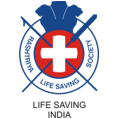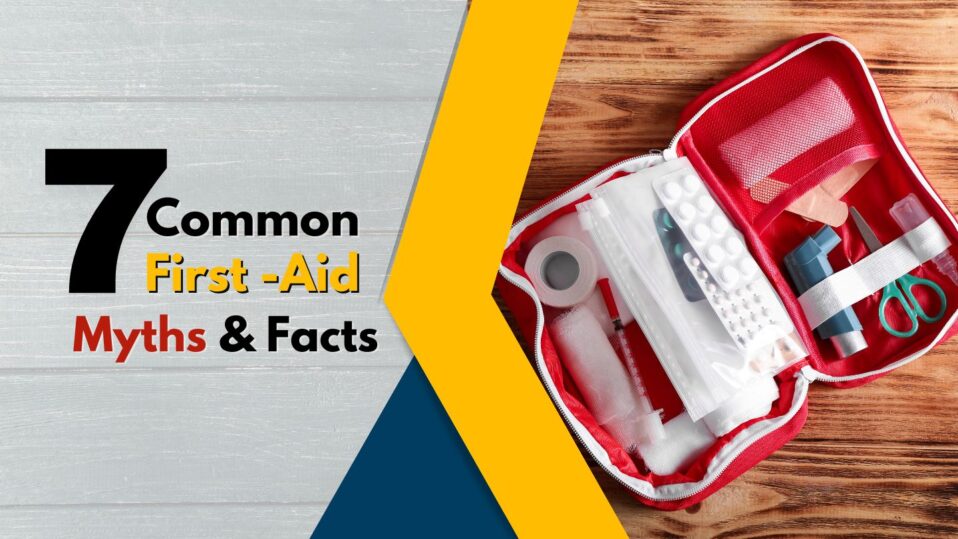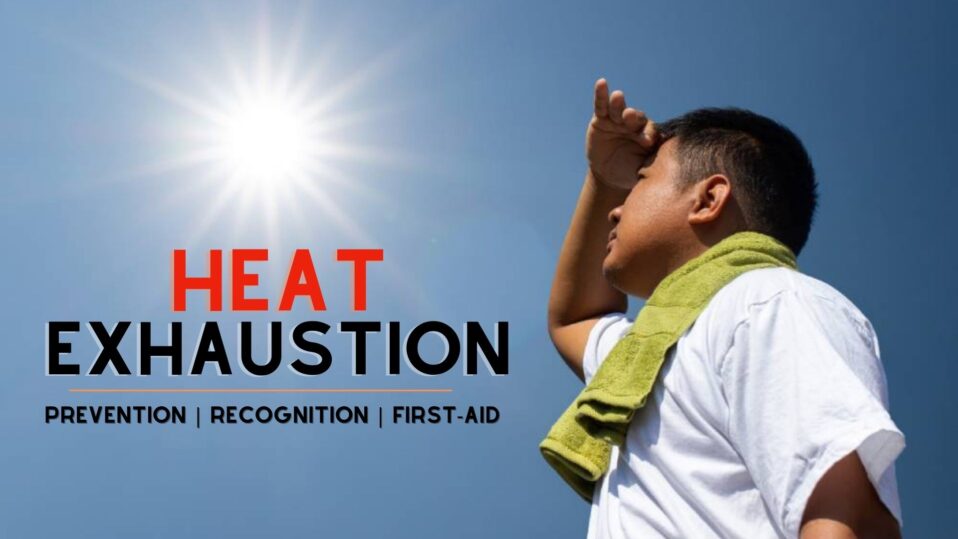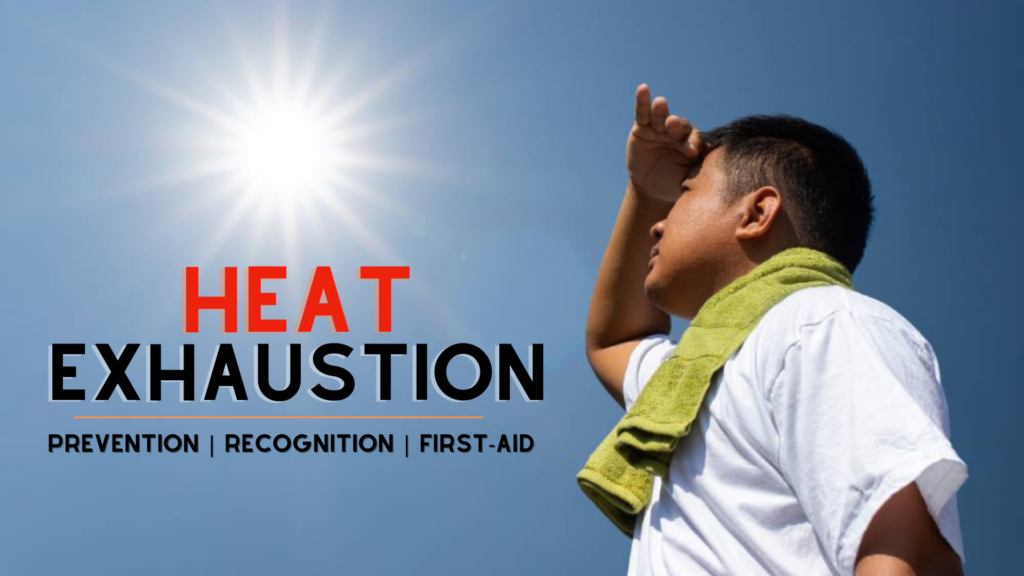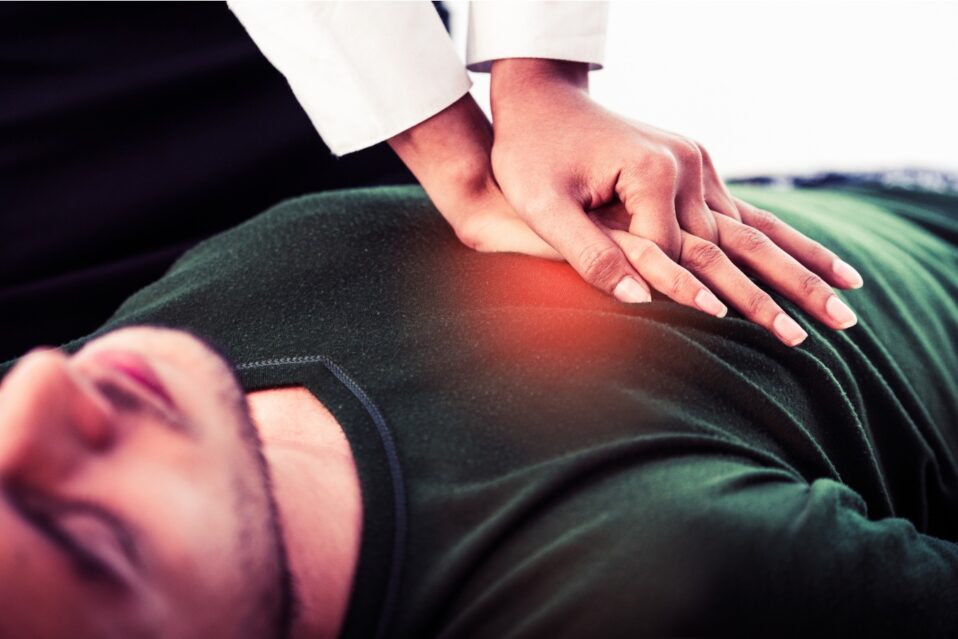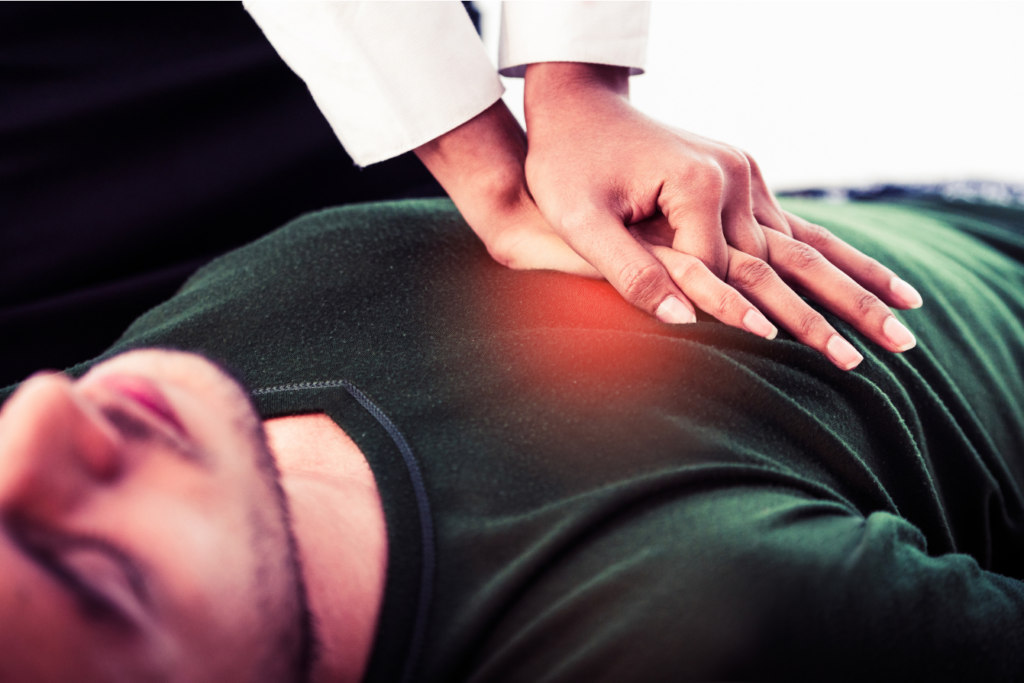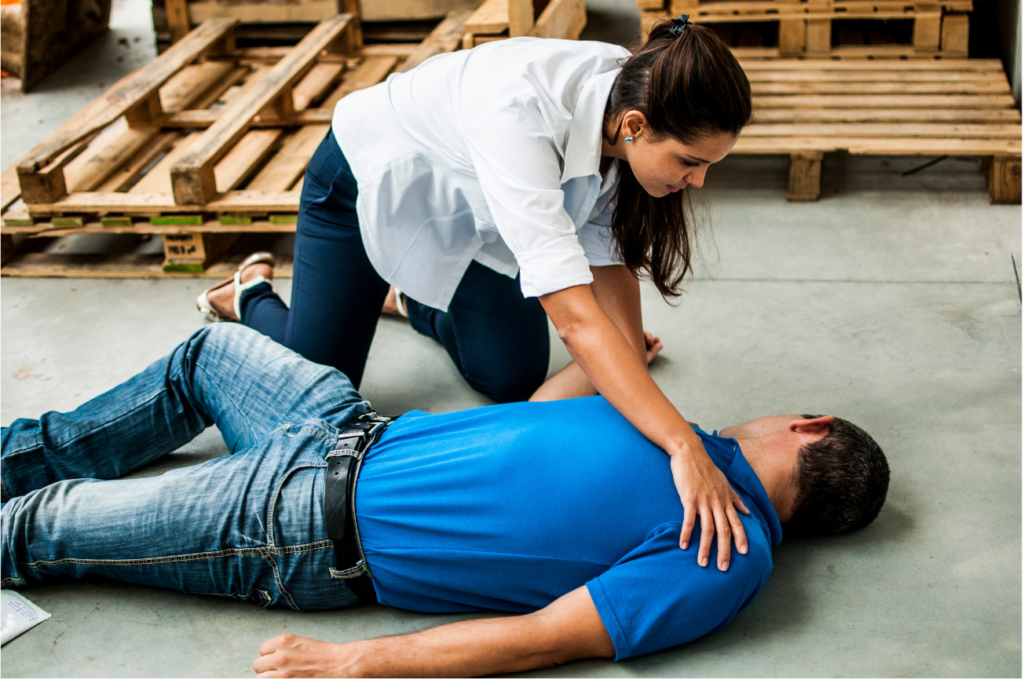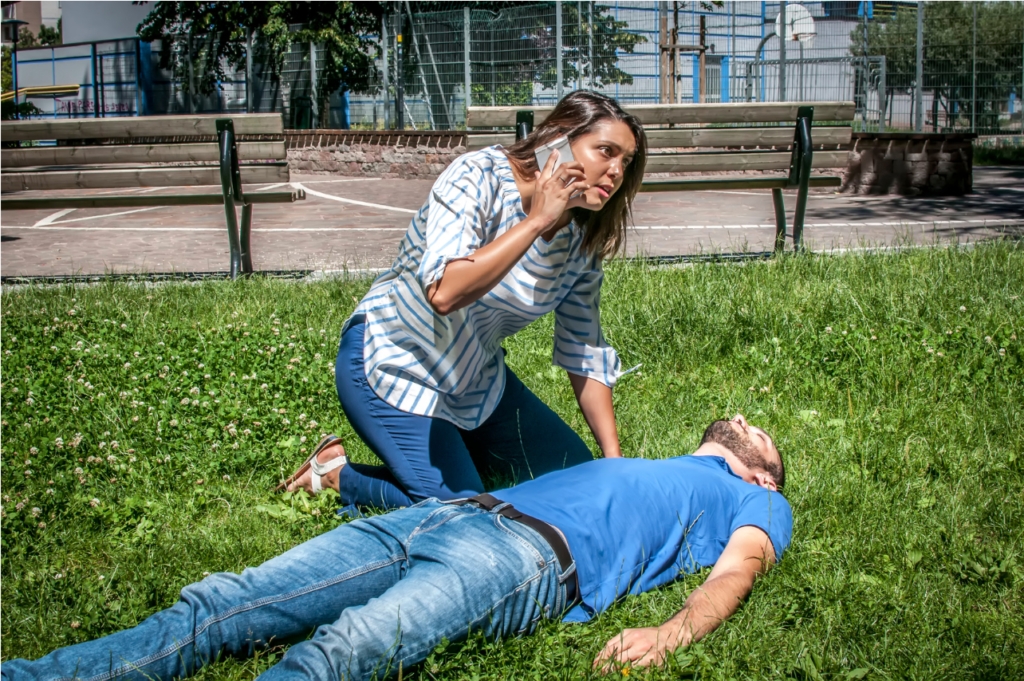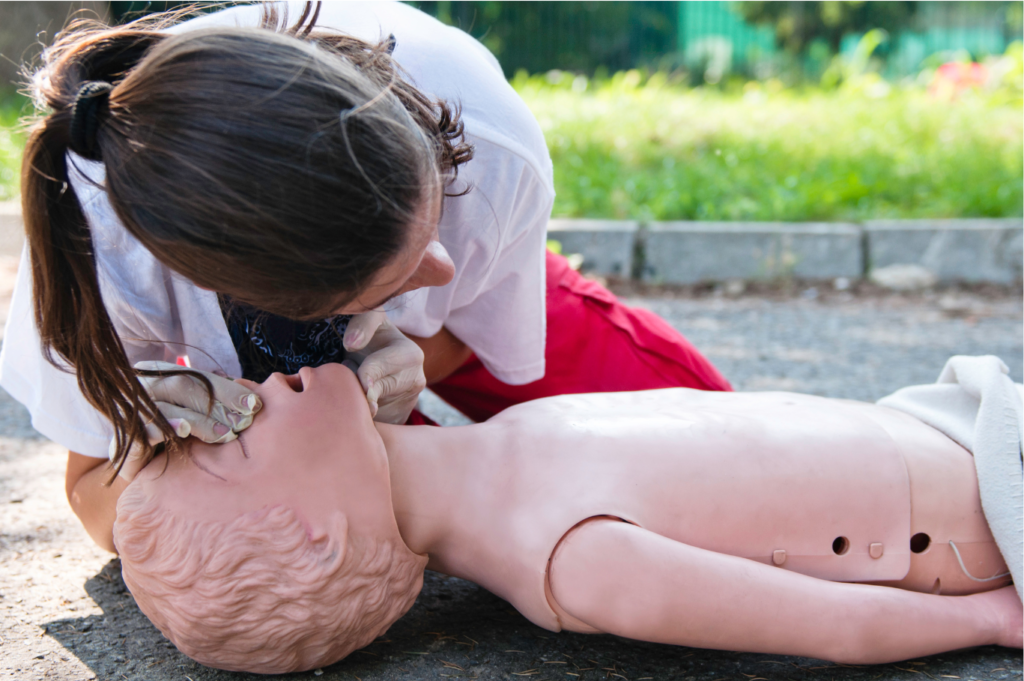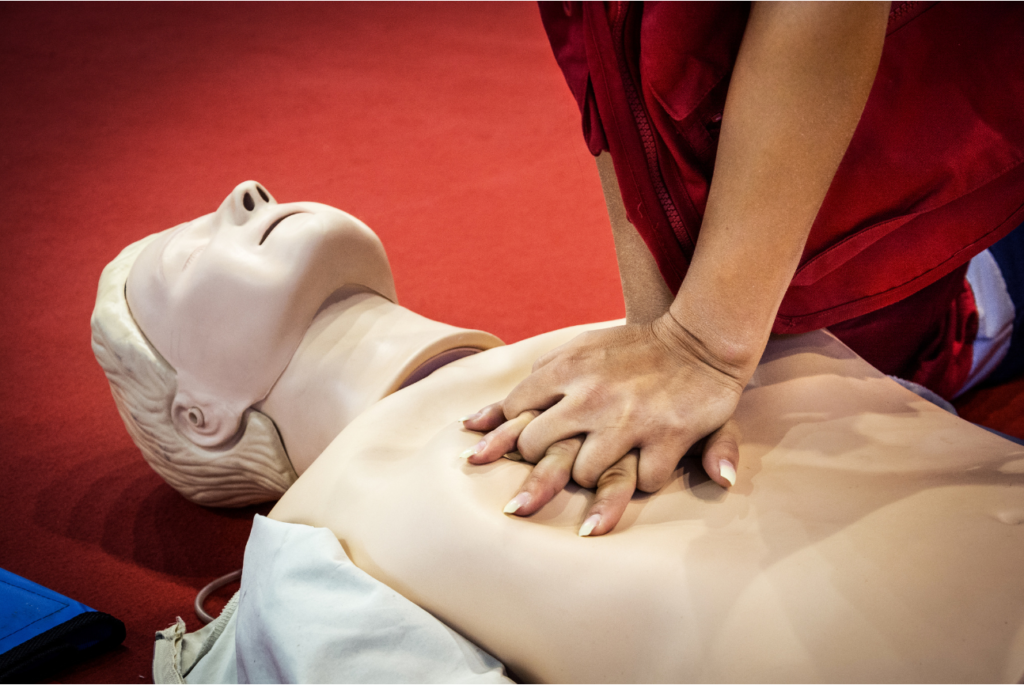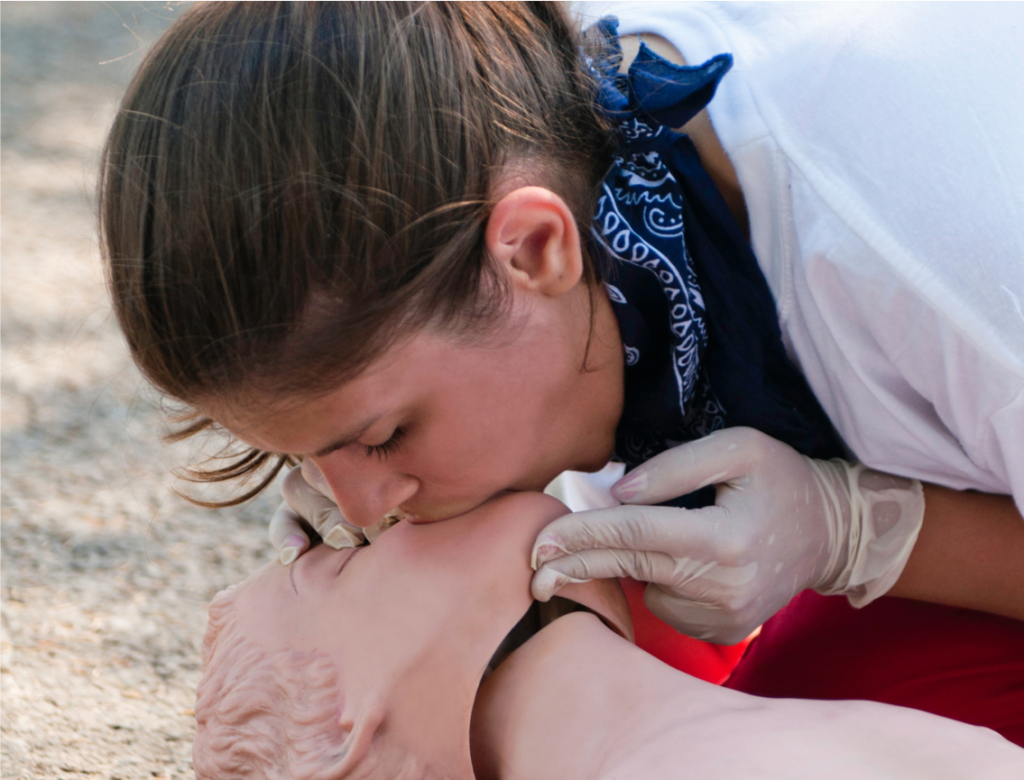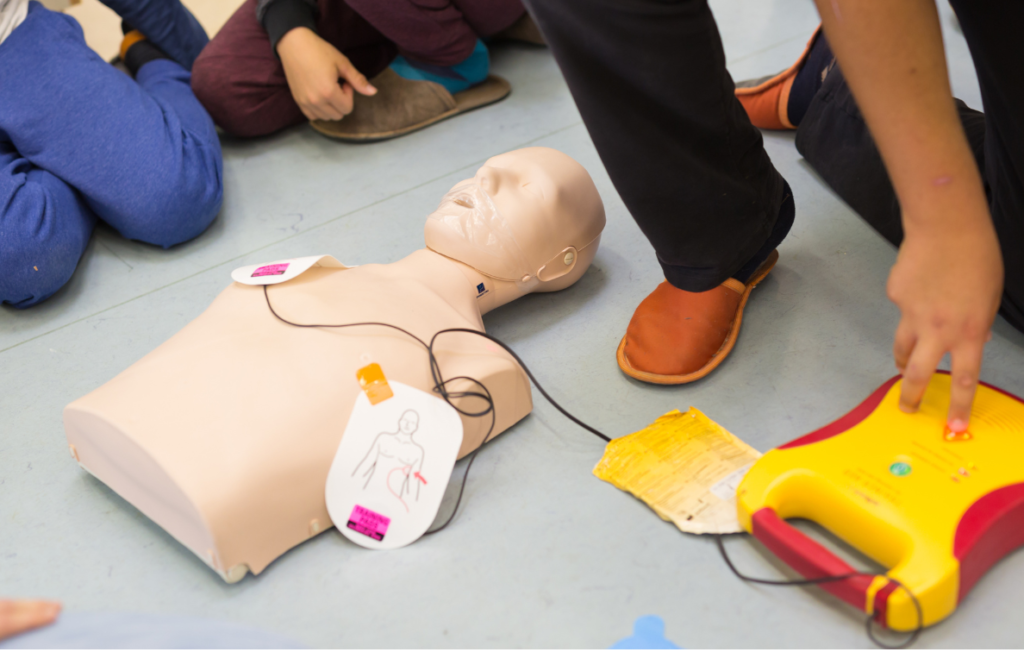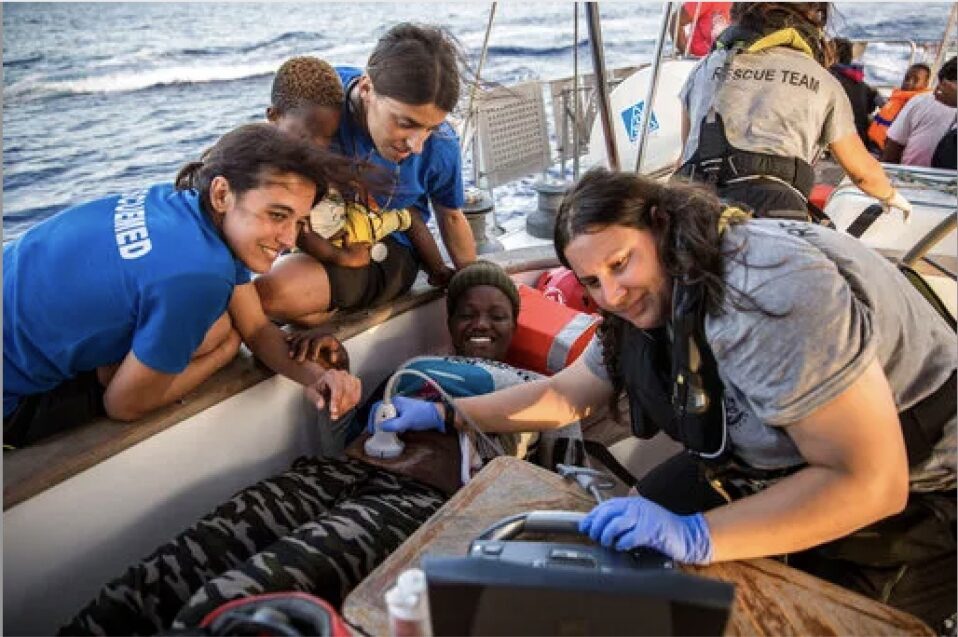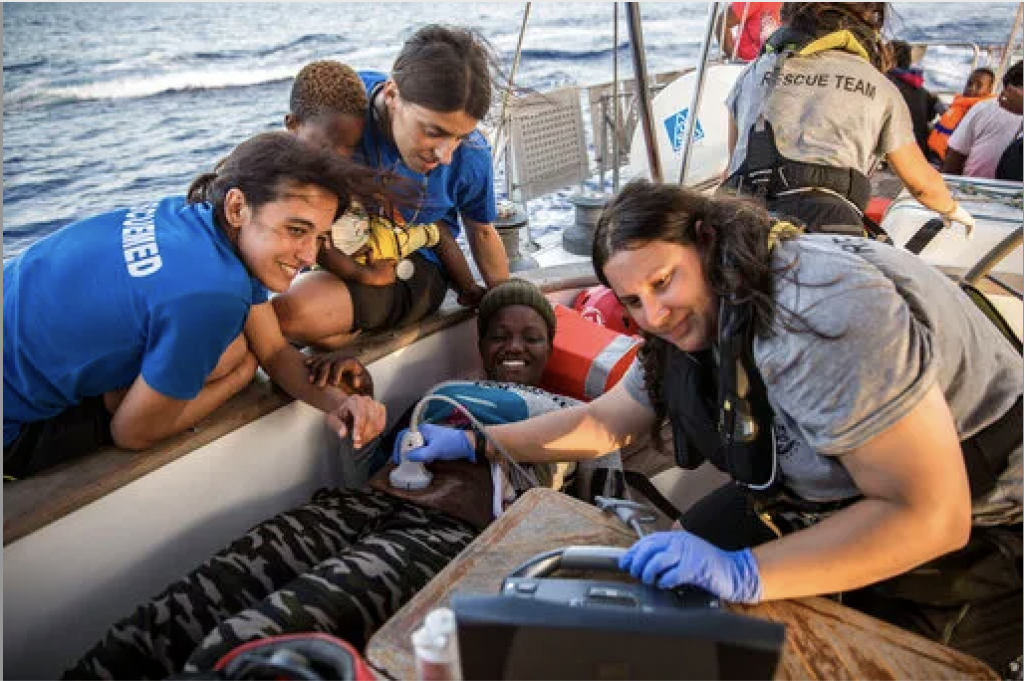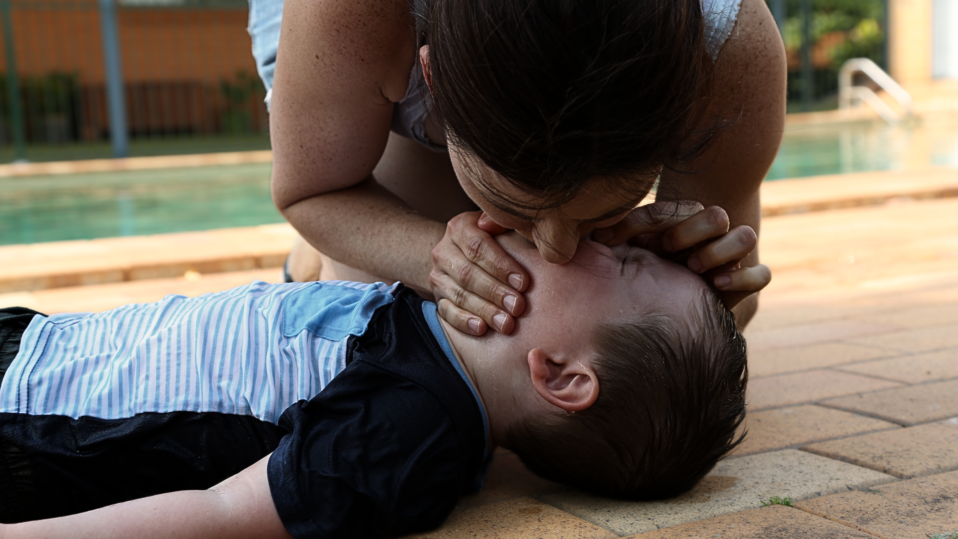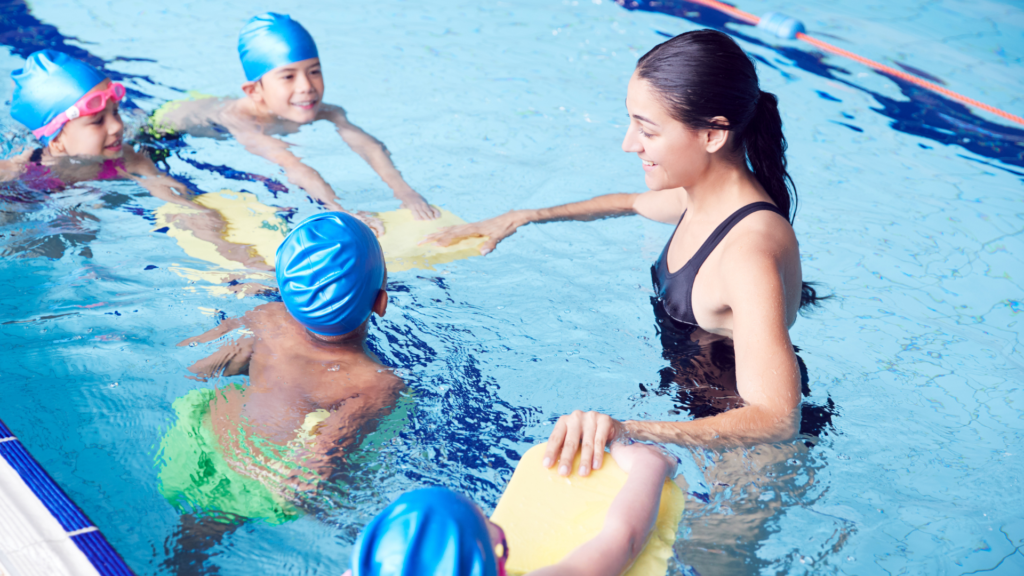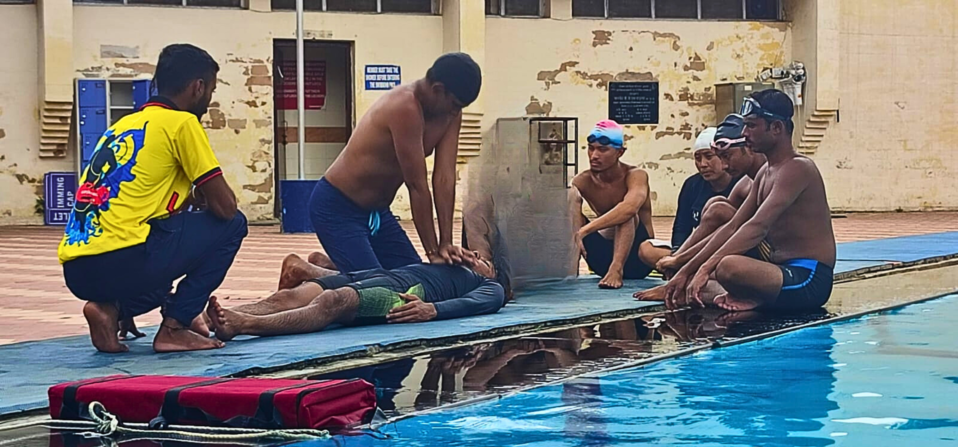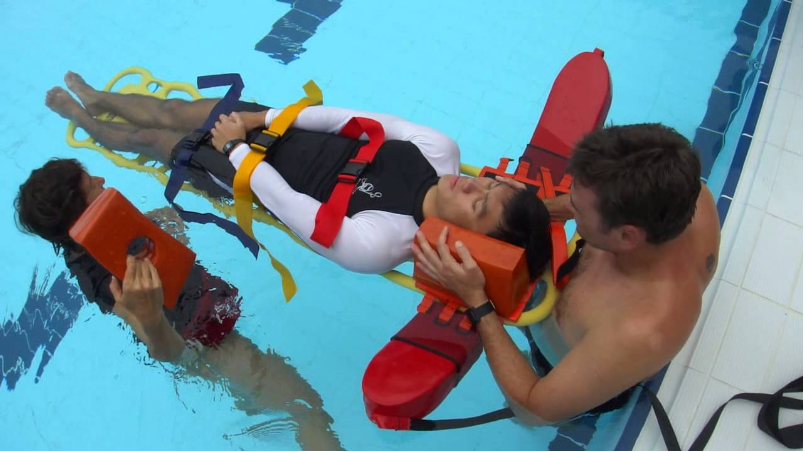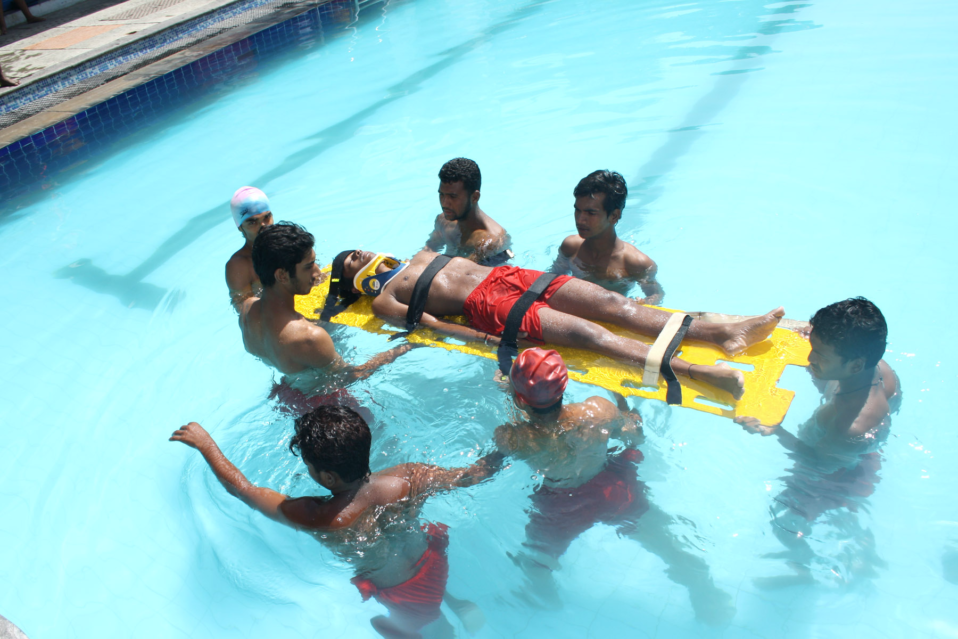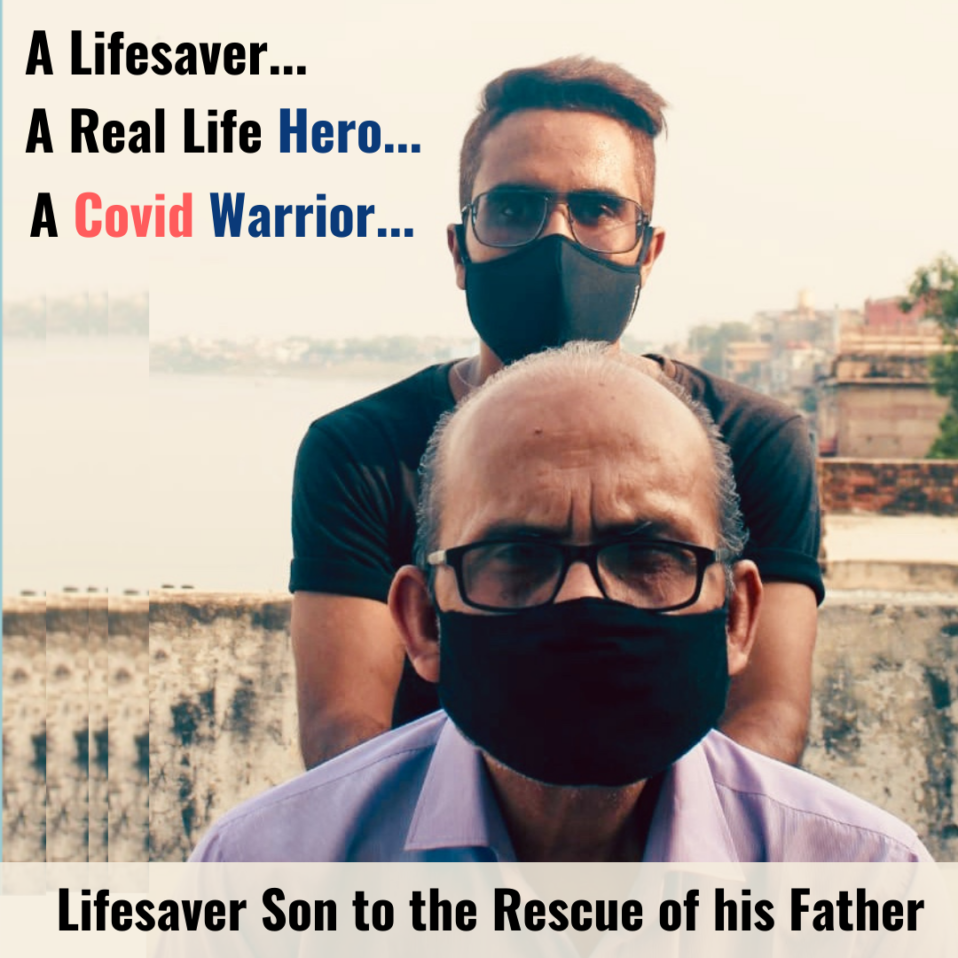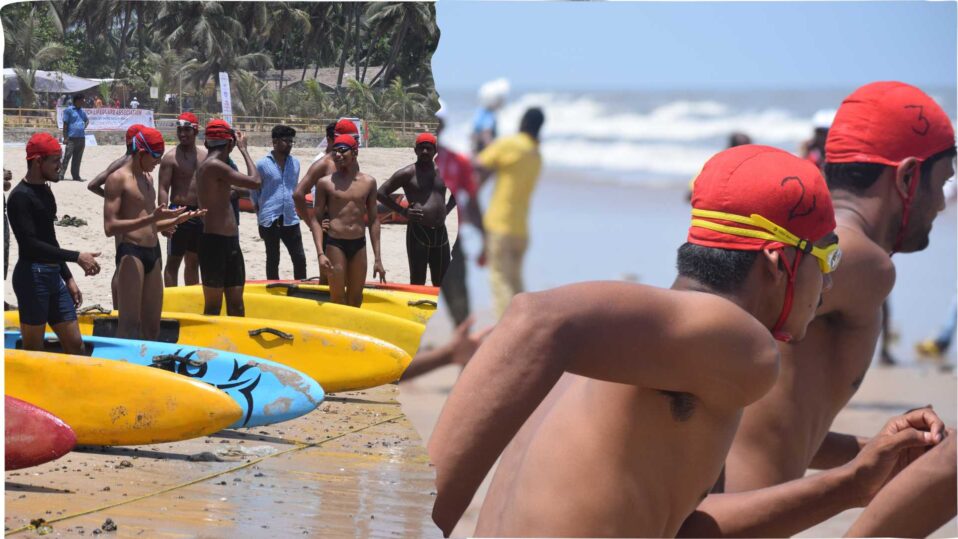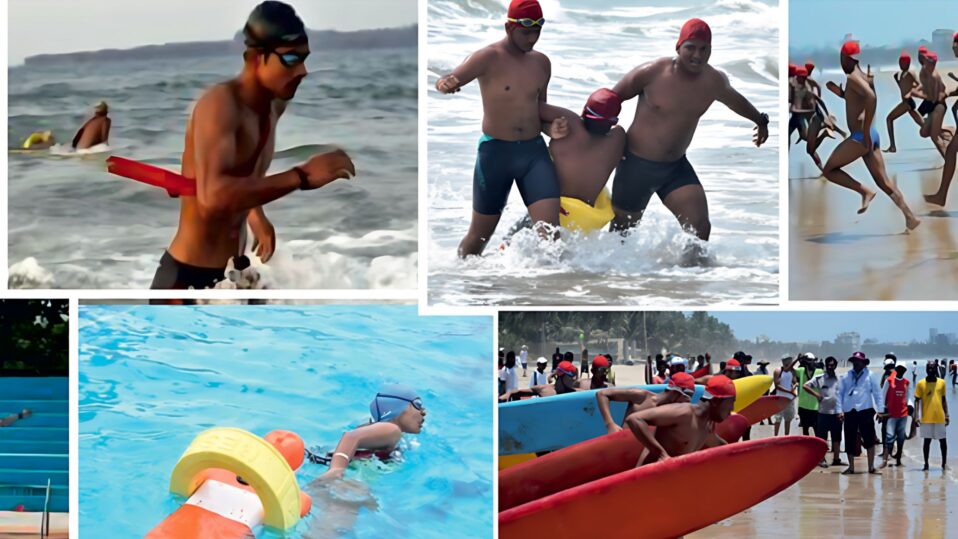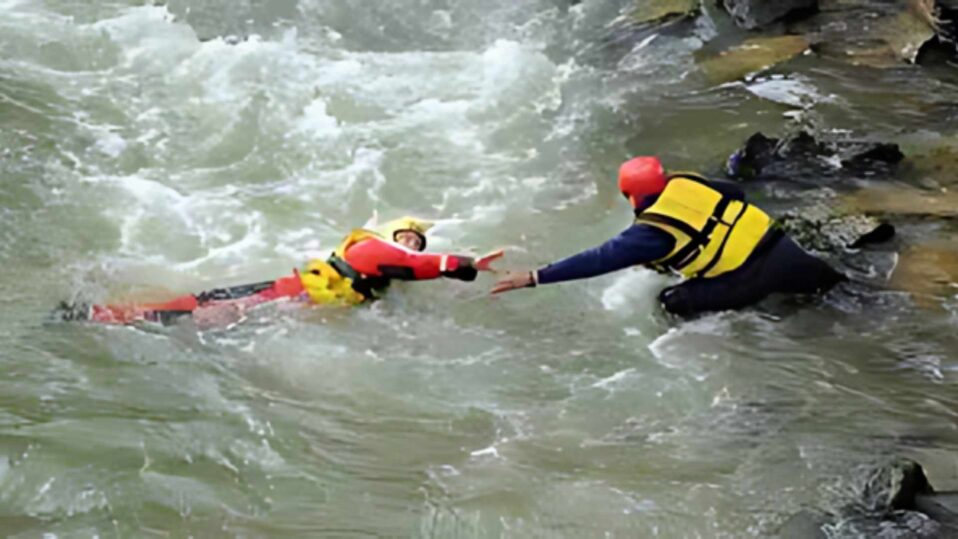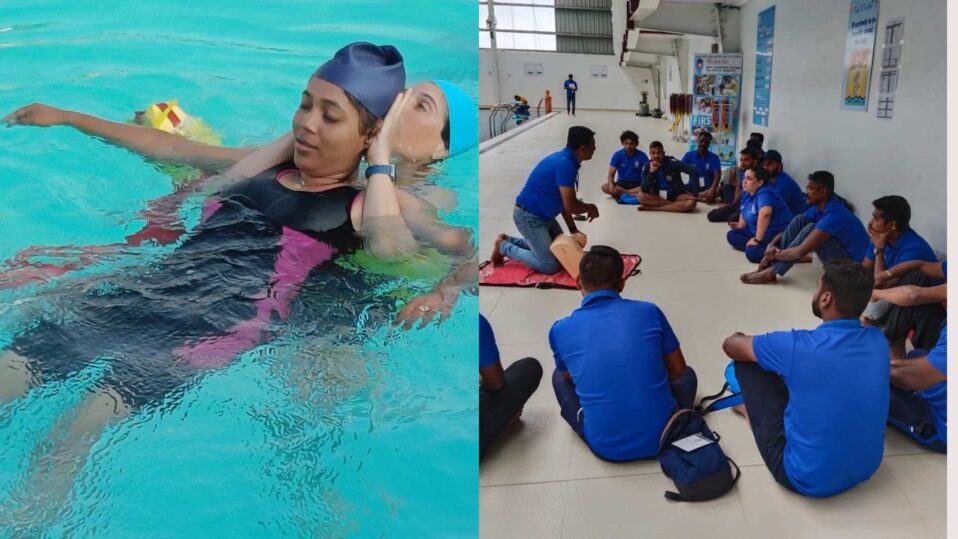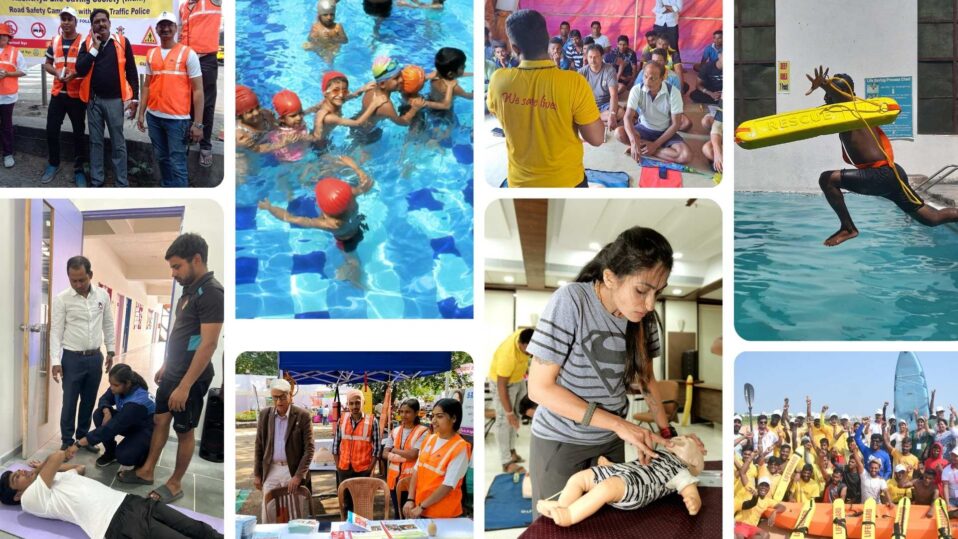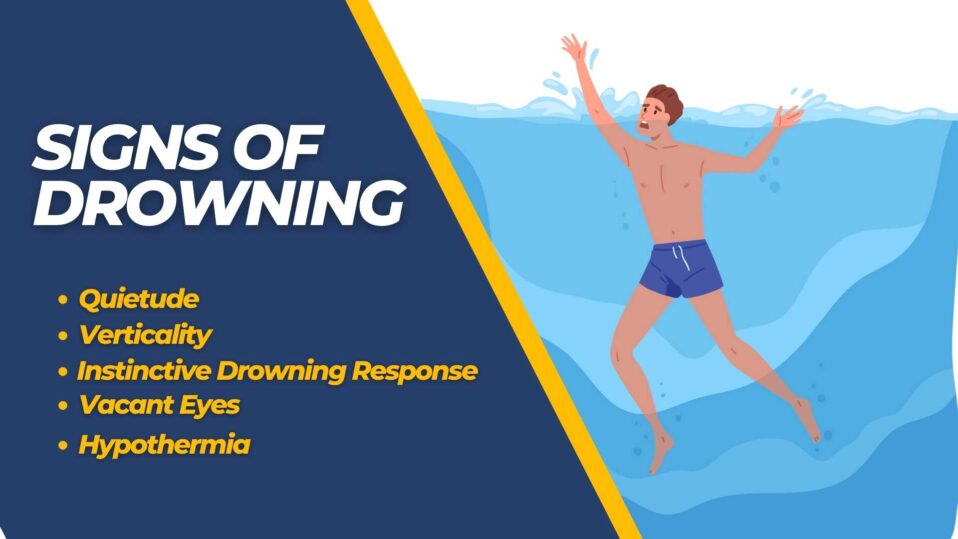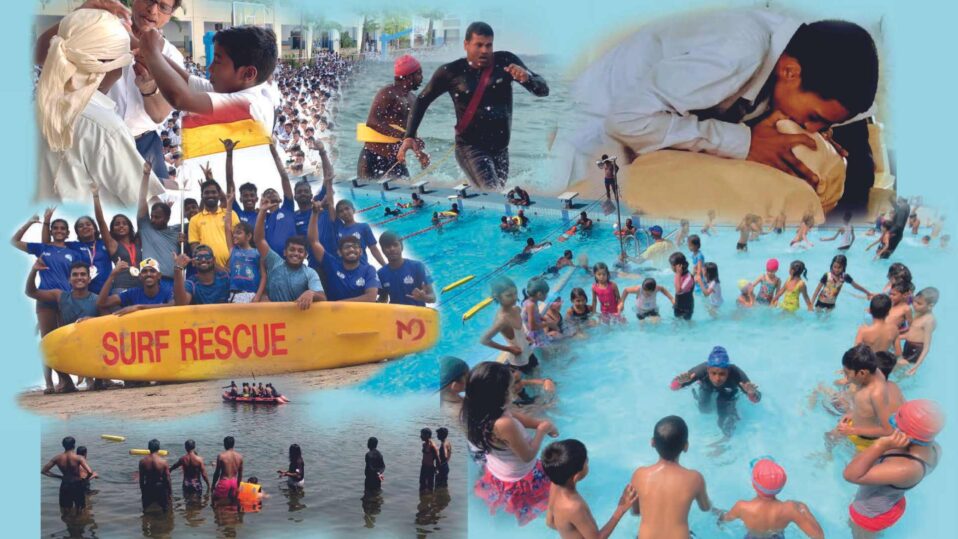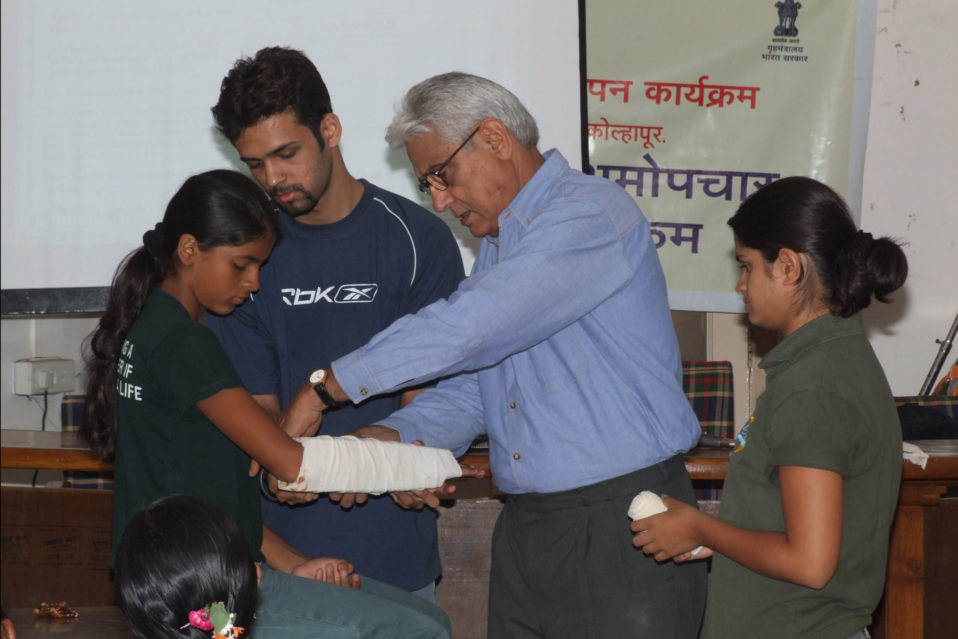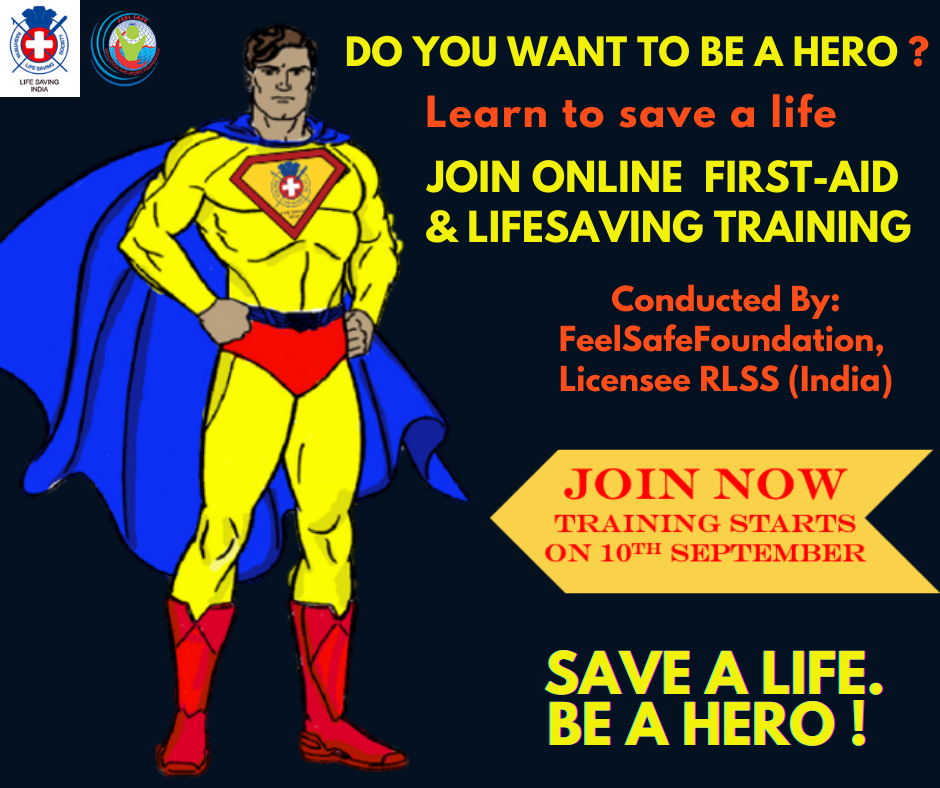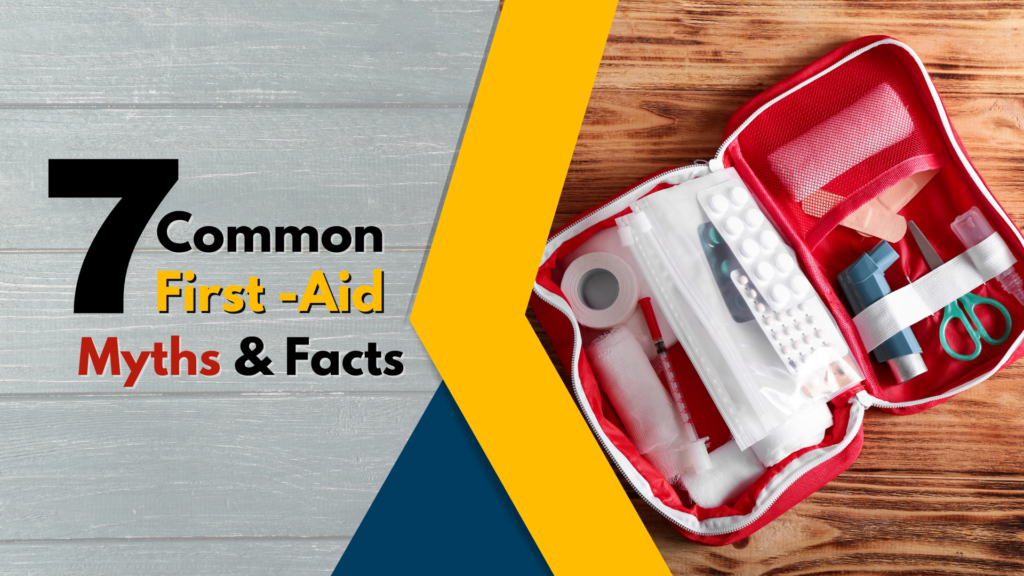
In moments of crisis, understanding how to administer first aid can make all the difference. However, amidst the wealth of information available, it’s easy to get caught up in misconceptions that might do more harm than good. Let’s take a more personal look at some of these myths and get to the truth:
Myth 1: Butter or Toothpaste Soothes Burns

Imagine you’ve burned yourself while cooking. Your first instinct might be to reach for butter or toothpaste, thinking they’ll soothe the pain. But in reality, they can trap heat and bacteria, making the burn worse. Instead, gently rinse the burn with cool water for at least 10 minutes and cover it with a clean bandage.
Myth 2: Tilting the Head Back for Nosebleeds

You’re helping someone with a nosebleed, and you’ve always heard that tilting the head back is the way to go. However, doing so can cause blood to flow down the throat, risking choking. Instead, have them lean slightly forward and pinch their nostrils shut for about 10 minutes while breathing through the mouth.
Myth 3: Rubbing Alcohol Lowers Fever

Your child has a fever, and you’ve heard that rubbing alcohol on their skin can bring it down. But did you know it can actually be absorbed into their bloodstream, leading to poisoning? Stick to fever-reducing medication like ibuprofen or acetaminophen, and make sure they’re resting and drinking plenty of fluids.
Myth 4: Urinating on a Jellyfish Sting

You’re at the beach when someone gets stung by a jellyfish, and you remember hearing that peeing on the sting can help. However, urine can actually make it worse by triggering more venom release. Instead, rinse the area with saltwater and carefully remove any tentacles with tweezers or a gloved hand.
Myth 5: Removing an Impaled Object
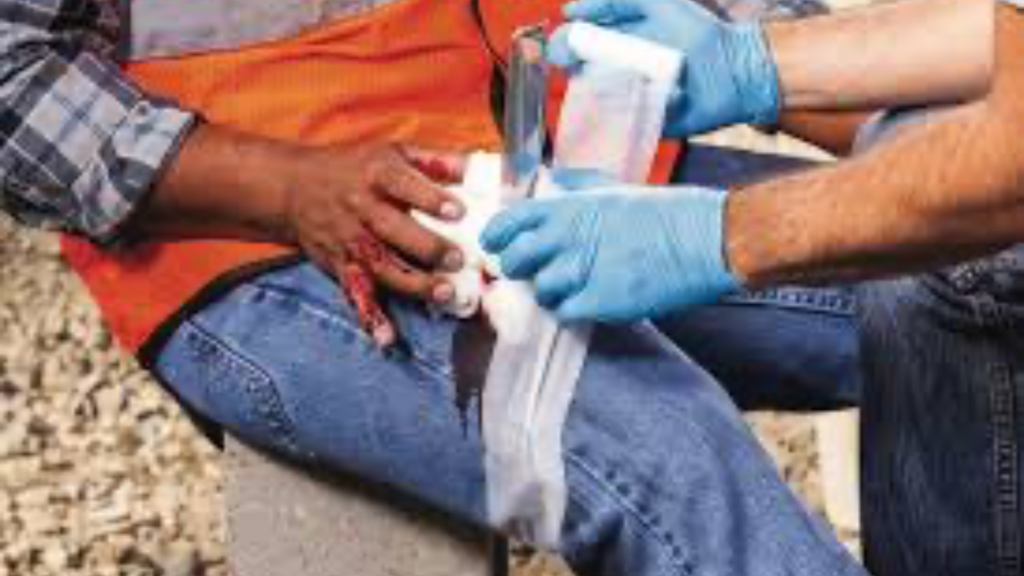
Imagine you or someone you know has been injured with something impaled in them. Your first instinct might be to pull it out, but that could cause even more damage and bleeding. Instead, keep the object stabilized and seek immediate medical help.
Myth 6: CPR Guarantees Revival for Unconscious Individuals
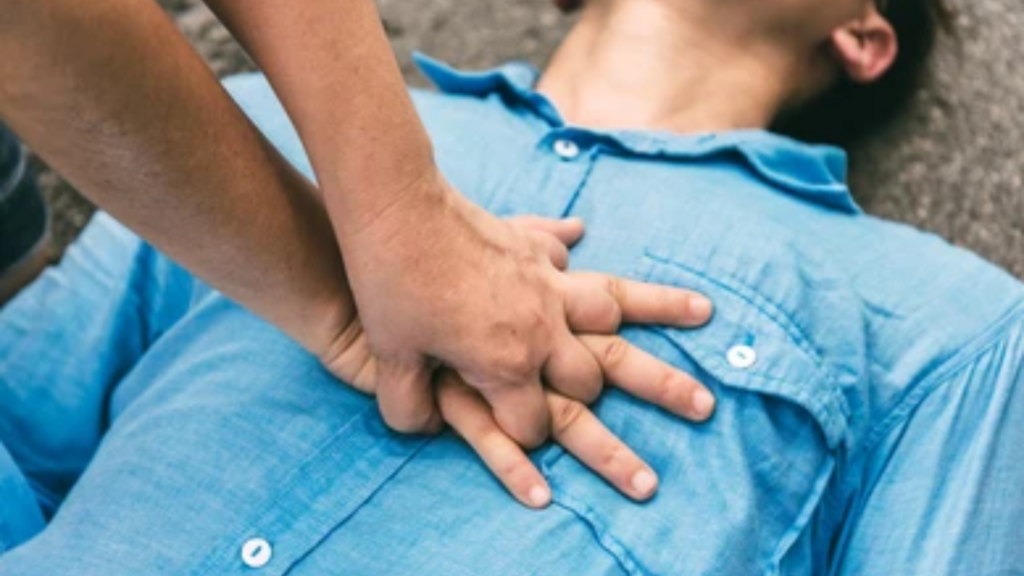
You witness someone collapse and immediately start CPR, hoping to revive them. While CPR is crucial, it’s not a guarantee. Its purpose is to keep blood flowing until professional help arrives. Stay calm, perform CPR, and call for emergency assistance.
Myth 7: Tilting the Head Back During a Seizure
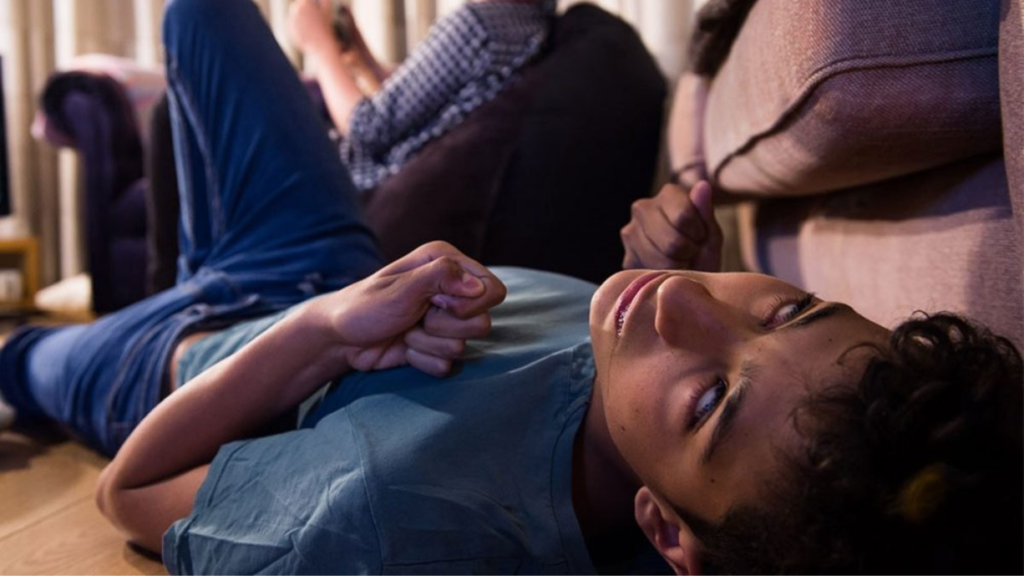
If you’re with someone experiencing a seizure, your instinct might be to try to hold them still or tilt their head back. But this can lead to injuries. Instead, create a safe space, cushion their head, and time the seizure. If it lasts longer than five minutes or repeats, seek medical help.
Separating fact from fiction in first aid practices is essential for keeping ourselves and others safe during emergencies. By debunking these myths and focusing on evidence-based approaches, we can better prepare ourselves to handle crises and potentially save lives. Always remember, when in doubt, seek professional medical assistance promptly.
